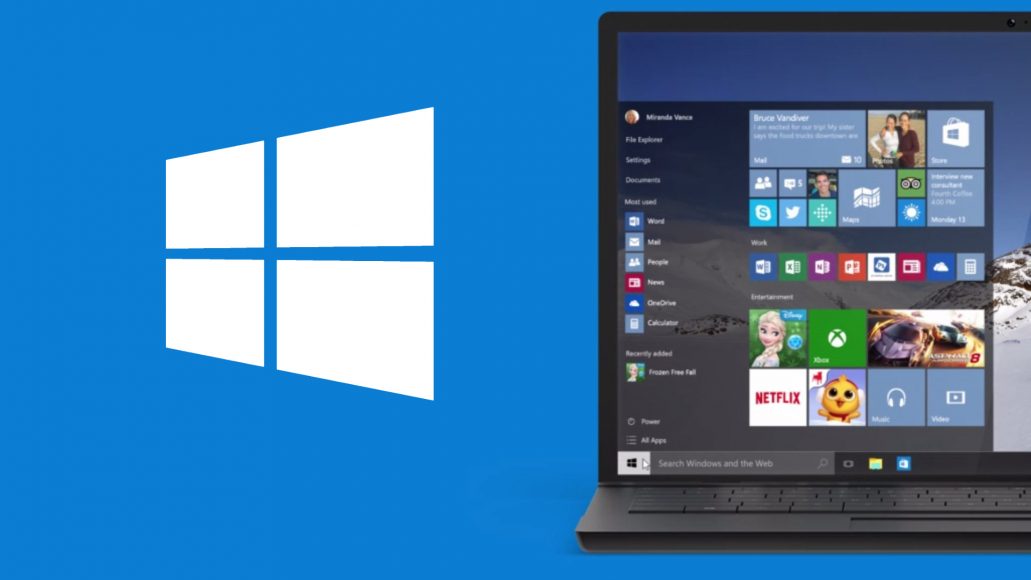Nuova build di Windows 10 Redstone 3 (16281) disponibile su PC per gli Insider!
Microsoft ha provveduto da pochi minuti a rilasciare una nuova build Redstone 3, il terzo importante aggiornamento dedicato a Windows 10, per gli utenti Insider iscritti nella modalità Fast su PC e Tablet.

La nuova build dedicata a Windows 10 (la seconda di questa settimana) in fase di rilascio per gli Insider viene identificata dal numero 16281 e come possiamo leggere sul blog ufficiale Microsoft, va a correggere e ottimizzare l’OS in attesa del rilascio al grande pubblico atteso per il 17 ottobre.
Miglioramenti e correzione di bug
- We fixed an issue resulting in Train Simulator 2017 failing to launch on recent flights.
- We fixed an issue resulting in not being able to tab into an open PDF in Microsoft Edge after interacting with the any of the Microsoft Edge window elements using mouse.
- We fixed an issue where the Windows Defender Security Center app icon was missing in taskbar when the app was open, as well in Start’s all apps list. You will also notice that the icon is now un-plated in the taskbar.
- We’ve made some adjustments to address an issue resulting in sudden and brief CPU spikes where you couldn’t move your mouse. If you’ve encountered this, please try it in this new build and let us know if your experience has improved.
- We fixed an issue where minimized app windows on mixed-DPI monitor setups might end up drawing offscreen after your PC resumed from sleep.
- We fixed an issue where if you changed your display language preference to something other than the machine’s default then any app which did not take an update while also getting the updated language resource package from the Store would end up continuing to display its tile in Start in that default language rather than the new language displayed within the app and other system UI.
Microsoft ha inoltre provveduto a rilasciare la precedente build (16278) anche per gli Insider iscritti al ramo Slow.








Maaa il fluent design?
sta sta in tutte le parti non legacy
in quelle legacy non può esserci il fluent desing
uhm… cosa sono le parti legacy?
Tutto ciò che è uguale fin da XP (legacy vuol dire letteralmente “eredità” ma in informatica si intende tutta la roba vecchia che però è ancora supportata per questioni di compatibilità). Explorer.exe, con pannello di controllo, impostazioni di sistema e così via.
Insomma, tutto ciò che funziona in Windows 10.
Impostazioni, start, edge, ad esempio, sono le parti “app” che rispettano il fluent design e funzionano così così.
Ok grazie per la spiegazione.
Sta alle app applicare il fluent design utilizzando le funzioni che la piattaforma di sviluppo mette a disposizione. L’OS ovviamente cerca di essere il più sobrio possibile, non è che possono riempire ogni finestra con effetti di luce, trasparenza, profondità, animazioni 3D e di parallasse, perchè diventerebbe tutto troppo giocoso. Se guardi bene nelle app di sistema ci sono, vedi effetti di parallasse nello Store, vedi effetti di luce e di trasparenza nell’app Musica, ecc.